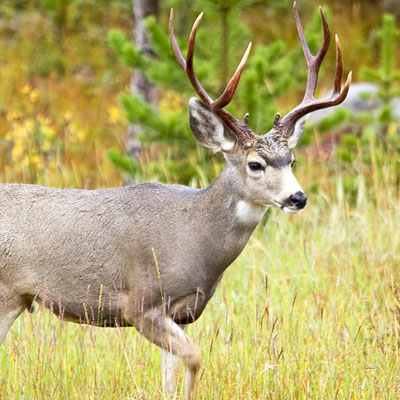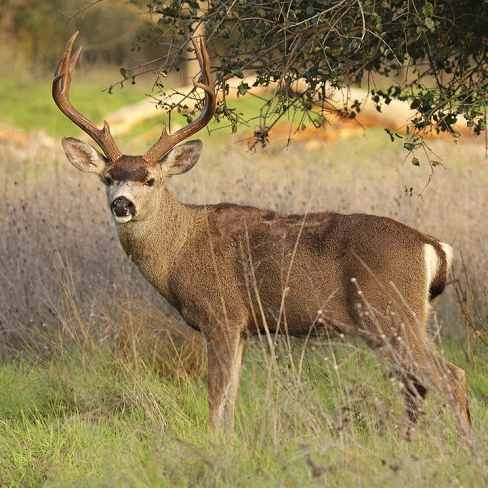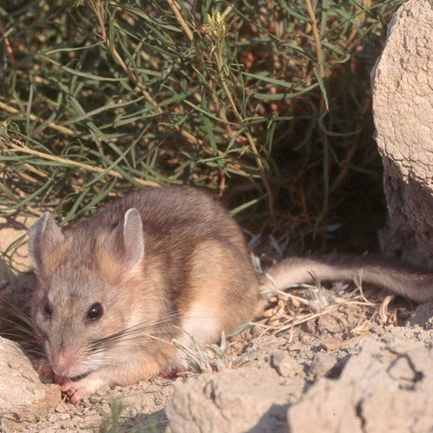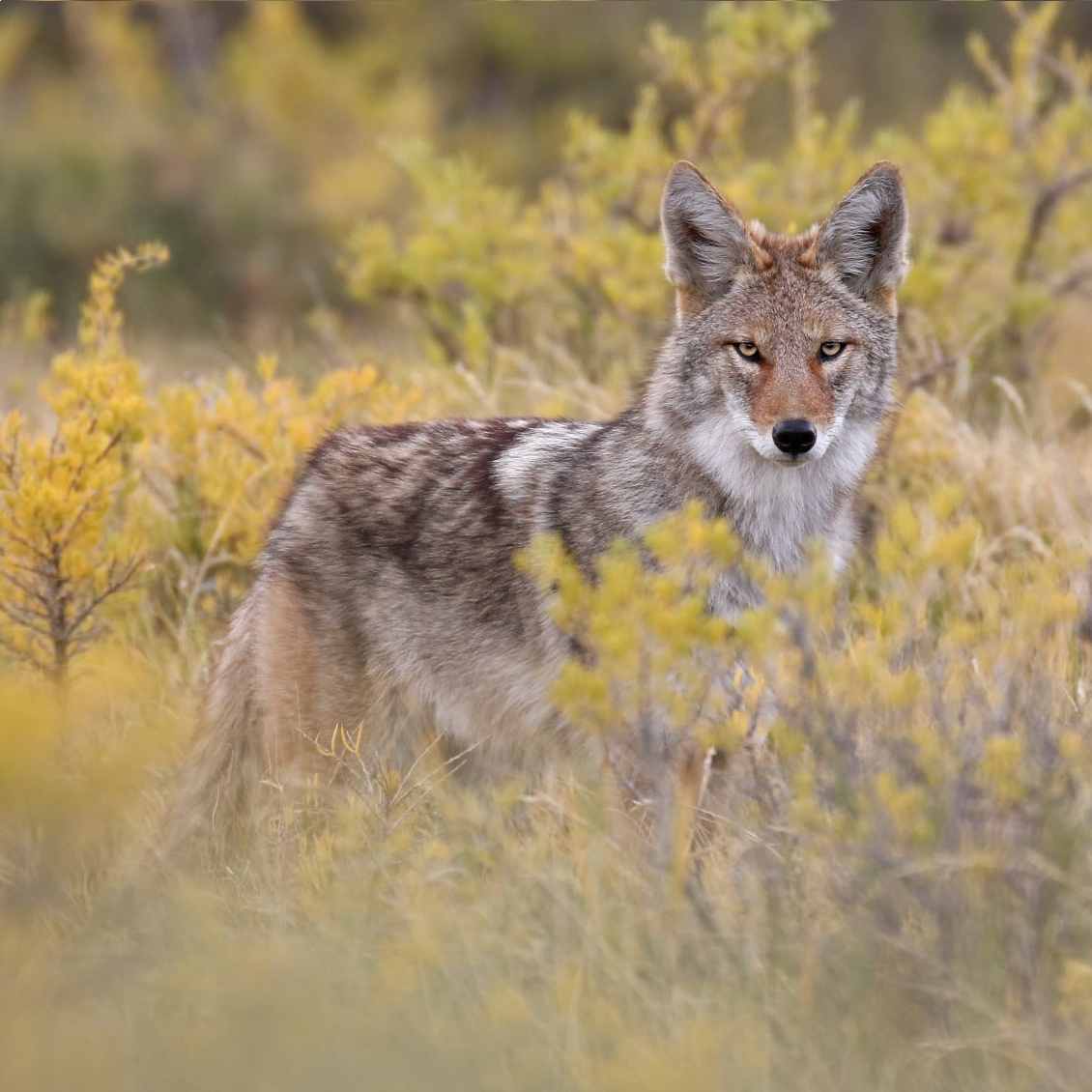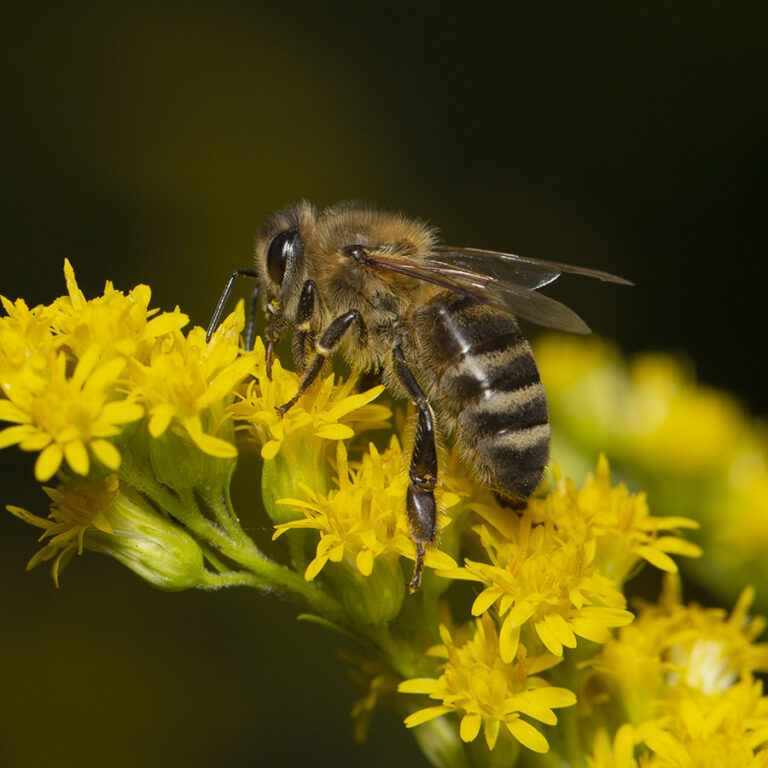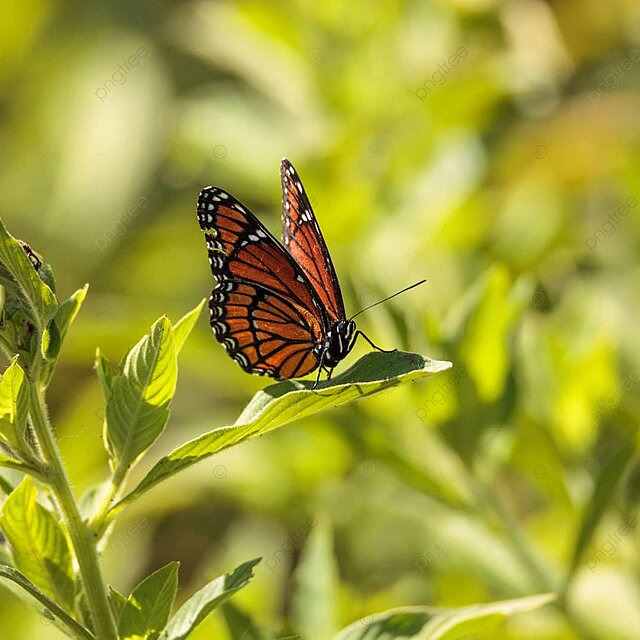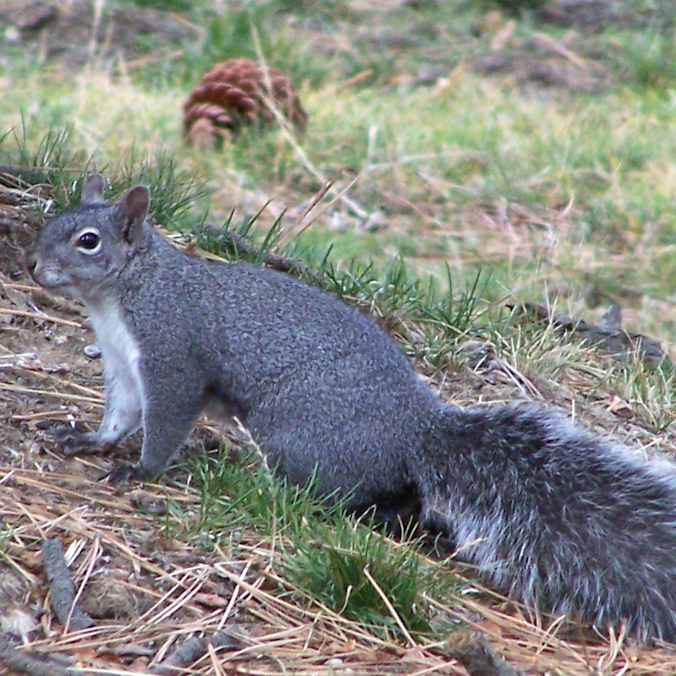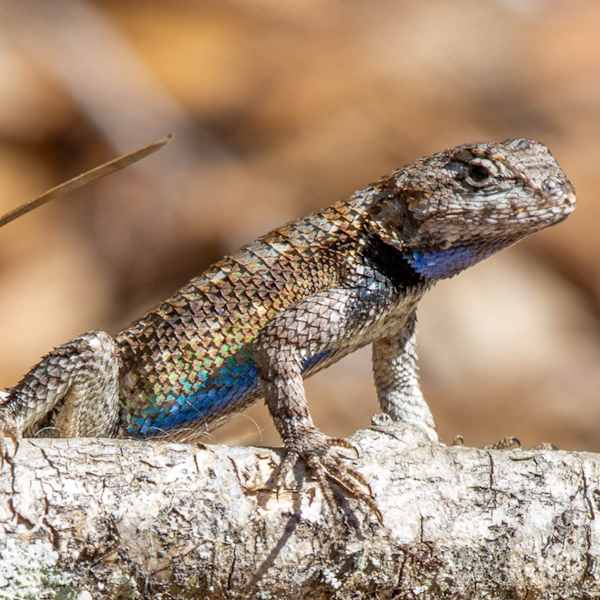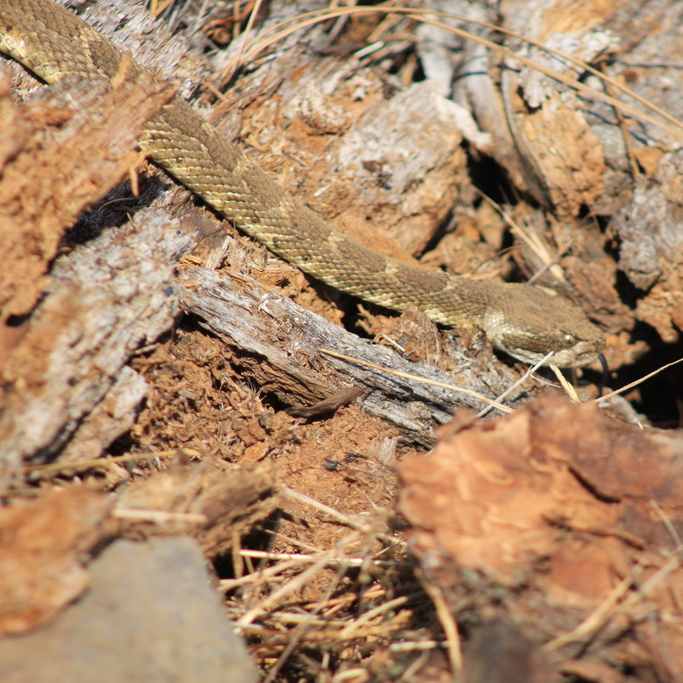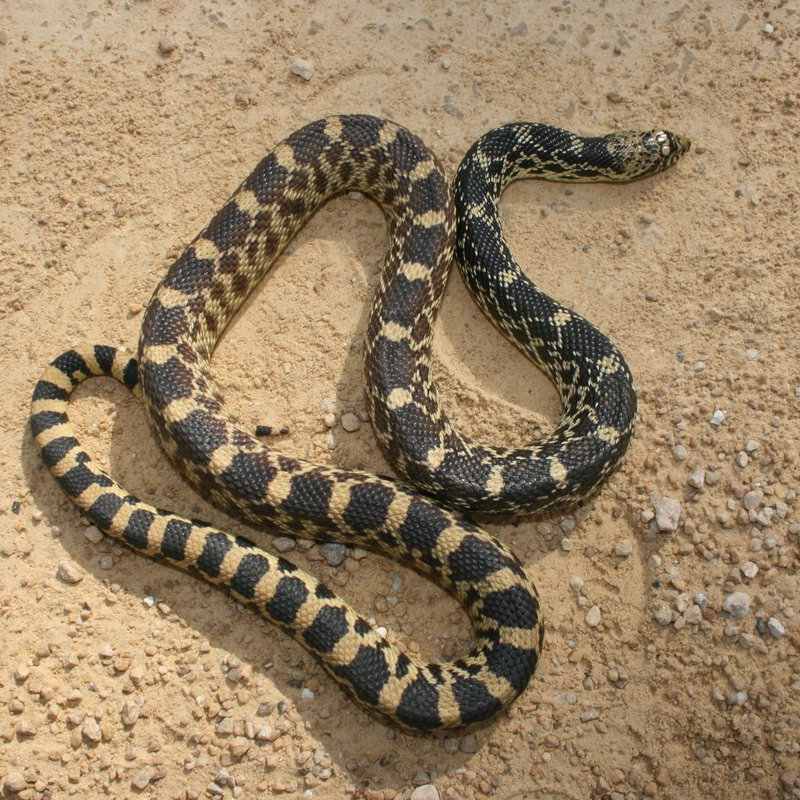Simiafelis klickitatensis — The Klickitat Apecat
The Klickitat people whispered of a creature they called Sk’ala-tánat (loosely “spirit cat of the cliffs”) — though around here we just call it the Apecat. Half mountain lion, half mischievous trickster, this elusive being is said to prowl the oak savanna at twilight.
No one has ever snapped a clear photo (our trail cameras mostly catch blurry tails and the occasional photobombed squirrel), but stories abound. In some tales the Apecat is a watchful guardian, in others a playful trickster, and in a few a lurking menace. Some say its glowing eyes can be seen reflected in the Klickitat River on still nights. Others claim it plays tag with coyotes.
To honor the legend, we named the Ape Cat Observatory after this beast — a lookout where visitors can scan the hillsides for the Apecat from a safe enclosure (this doubles as our outbuilding for tools and utilities)
